FeurerKrieg
Posts: 3397
Joined: 6/15/2005
From: Denver, CO
Status: offline

|
February 24th, 1943
Quiet day today. Destroyers and transports spotted at Laysan. All those submarines move to the northwest. Either they are heading into the shipping lanes between the Home Islands and Midway/Wake/Pacific - or they are preparing a screen to intercept our own ships if the US attacks Midway. We'll continue to watch these subs as best as possible.
Tomorrow, our Oscars will attempt another sweep over Laysan while our bombers will try and attack the surface ships near the island. We may take some significant losses to the Oscars but if the bomber can get some ships it will be worth it.
I forgot to mention it yesterday, but CL Oyodo was entered into active service.
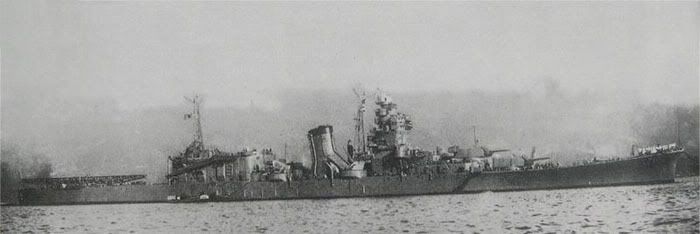 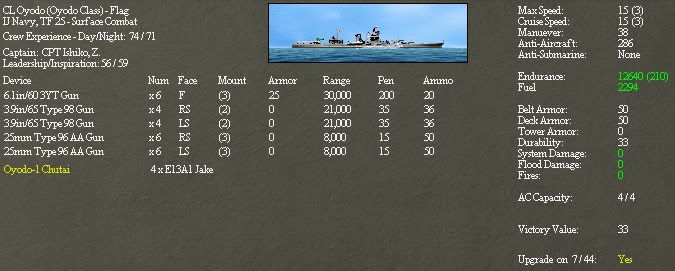
quote:
The Ōyodo design was approved under the 1939 4th Replenishment Program as an enlarged and improved version of the Agano-class. It was designed to be the flagship for attack groups of submarines. Initially, plans were made for eight vessels in the class. However, only two ships were actually authorized, of which only one, Ōyodo, was laid down; the second ship was to be named Niyodo. Immediately after Ōyodo was completed, all available shipbuilding resources at the Kure naval yard were diverted to build more aircraft carriers.
Although the same general hull design as for the Agano was adopted, with flush deck and bulbous bow, the armament differed both in layout and weaponry, and the armor protection was reduced.
In line with contemporary Japanese submarine tactics, the Ōyodo class was to be the flagships of scouting submarine flotillas. To this end, the Ōyodo class was to operate up to six of the upcoming Kawanishi E15K1 Shiun floatplanes; however, the requirements for these planes were issued only in mid-1939.
Ōyodo's main armament comprised six 155 mm (6.1 inch) 60 caliber 3rd Year Type guns in two triple-gun turrets arranged in conventional superfiring fashion. This gun was originally developed as a dual purpose (anti-surface and anti-aircraft) weapon for the Mogami-class cruisers; when those ships underwent reconstruction in the 1930s and had their triple 155 mm turrets replaced with 203 mm (8 inch) twin turrets, the now-surplus triple 155 mm turrets were mounted on Ōyodo (as well as the Yamato-class battleships). Their slow rate of fire (5 to 6 rounds per minute) and limited elevation (up to only 55 degrees) made them unsuitable for the anti-aircraft role, but they were excellent anti-ship weapons.
The main armament was all located forward of the superstructure, much like the British Nelson-class battleships, French Dunkerque and Richelieu class and the Japanese Navy's own Tone-class heavy cruisers. Like the Tone class, the Ōyodo-class ships were intended to be scouting cruisers and hence the entire deck of the ship aft of the superstructure was devoted to aircraft facilities. Indeed, again in view of their intended role, no torpedo tubes were fitted, making the Ōyodo class the sole class of cruisers in the Imperial Japanese Navy without these weapons. The weight thus saved was invested instead in increased floatplane capacity (up to six) and a heavy-duty 45 m (148 ft) catapult that was necessary for the new E15K1 floatplane.
Ōyodo's heavy anti-aircraft battery comprised eight 100 mm (3.9 inch)/65 caliber Type 98 guns in four twin mounts. These guns are the same as that carried by the Akizuki-class destroyers and the never-built B64 class cruisers. The performance of this weapon was superb, and it is considered to be the best Japanese heavy AA gun of the war. Their main fault was a rather short service life, the result of a high muzzle velocity (1,000 m/s) and a fast rate of fire (15–20 rounds per minute).
The remaining AA armament consisted of the ubiquitous (in the Japanese Navy) 25 mm/60 caliber Type 96 AA gun, which was based on a French Hotchkiss design but was a very mediocre AA weapon with a low effective rate of fire, slow elevation and training, and lack of effective remote power control.
_____________________________
|
 Printable Version
Printable Version
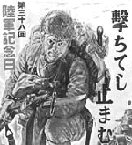
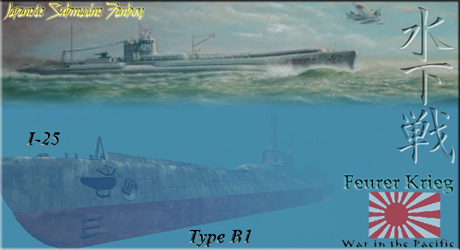





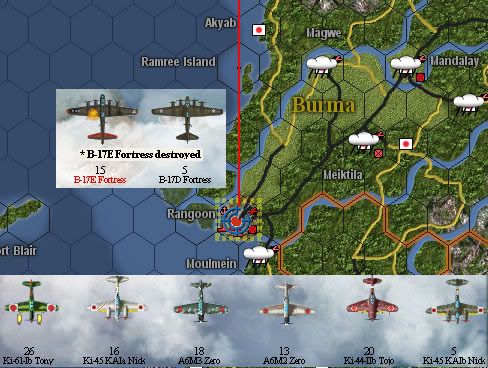
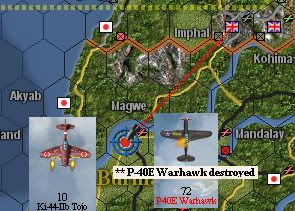

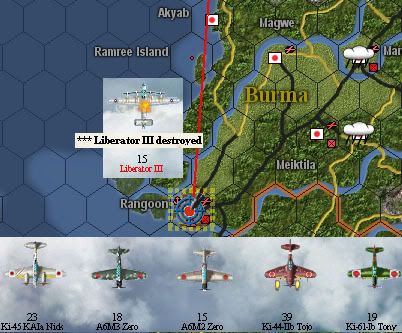
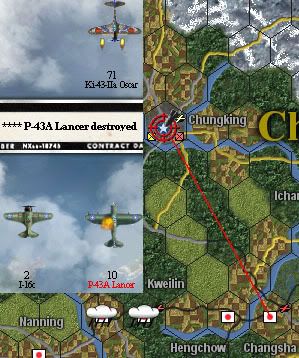
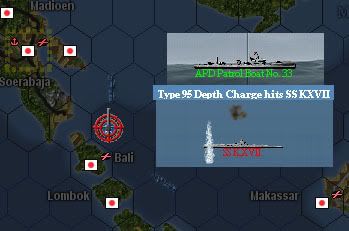
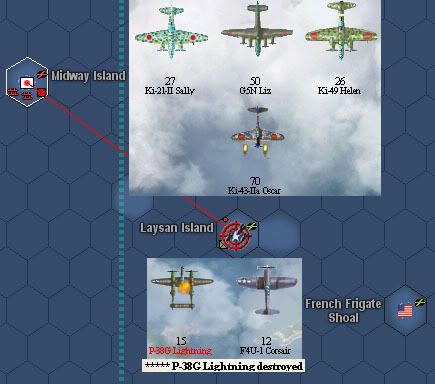

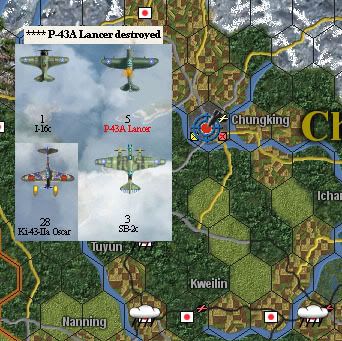
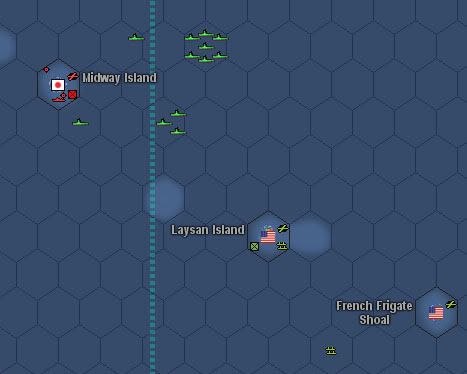


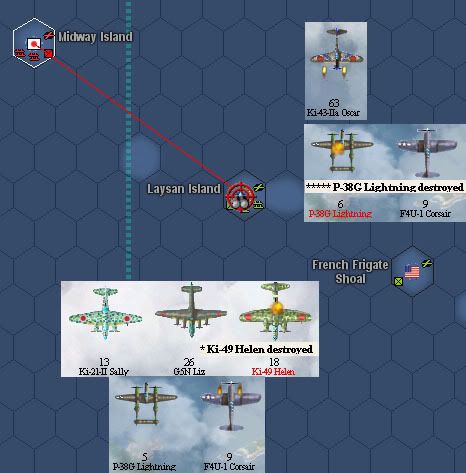
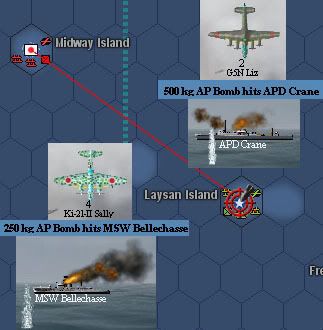

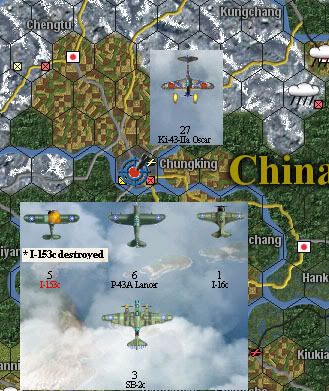

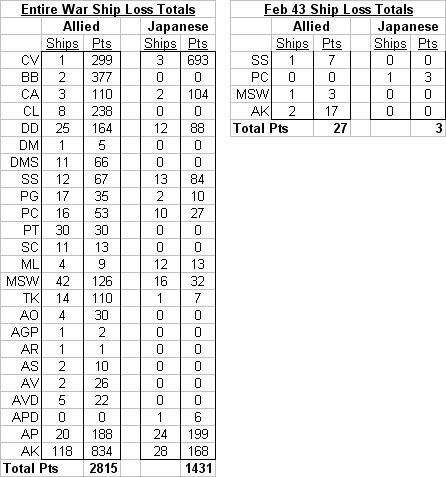

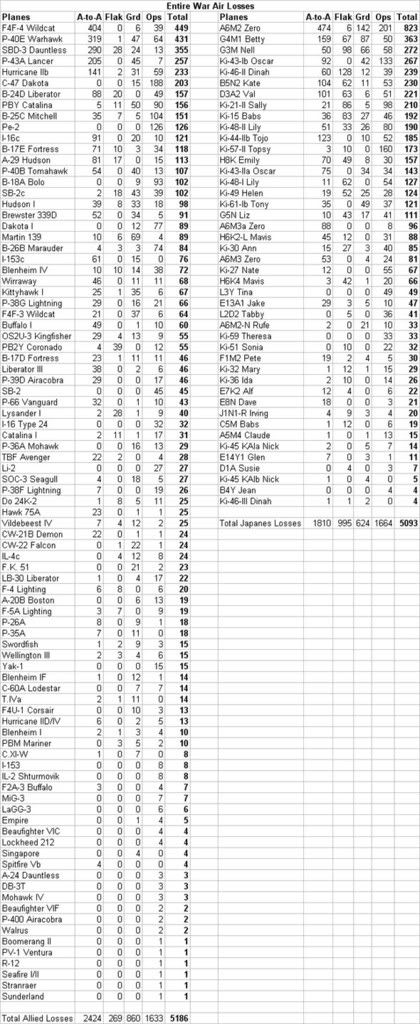
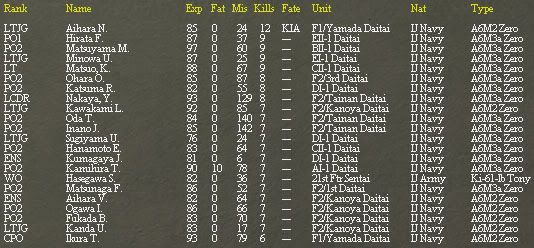
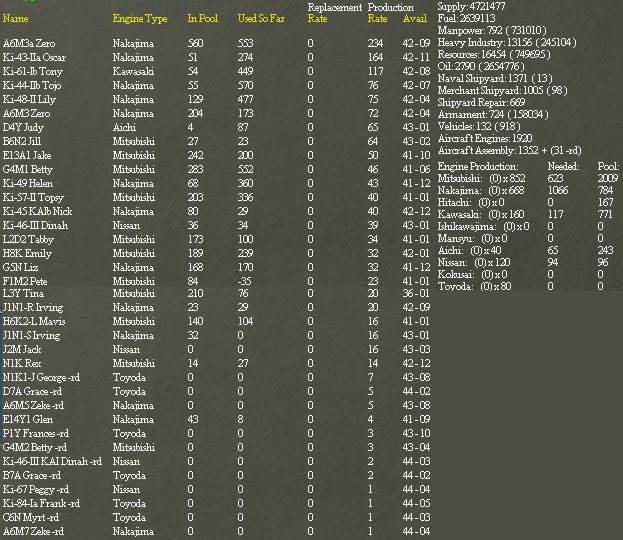
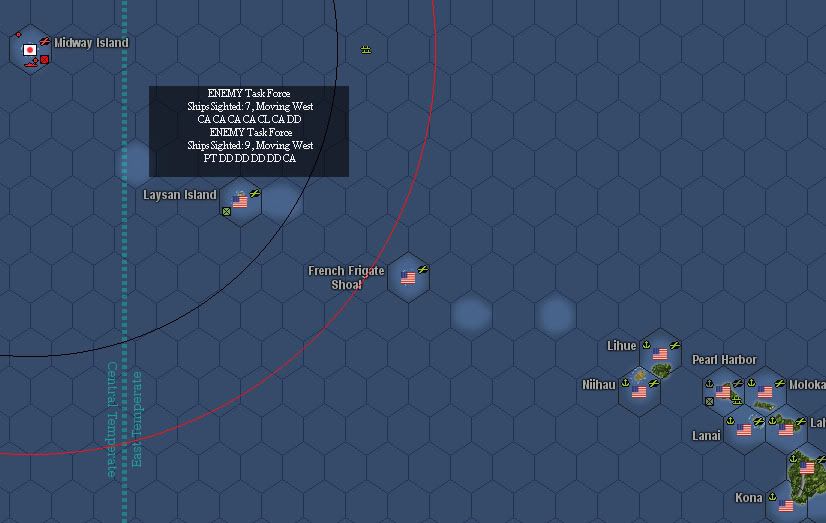
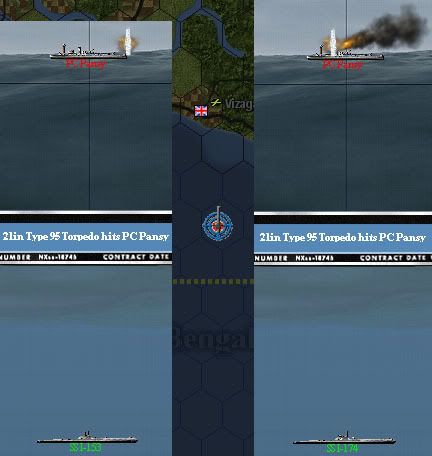
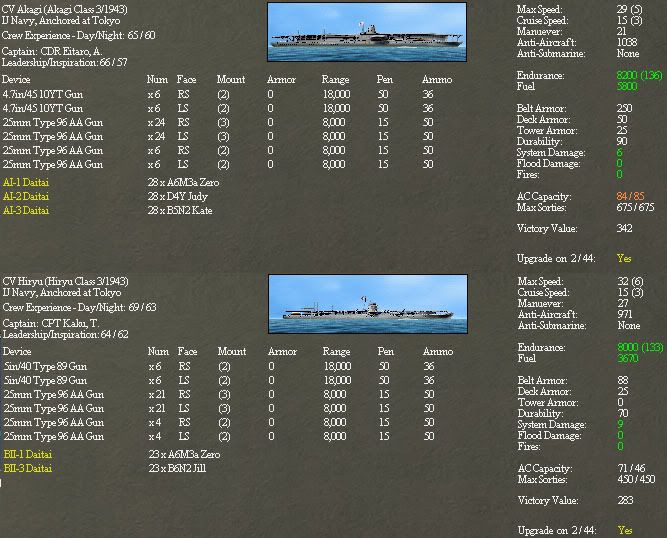



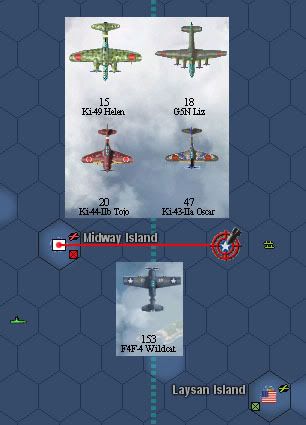
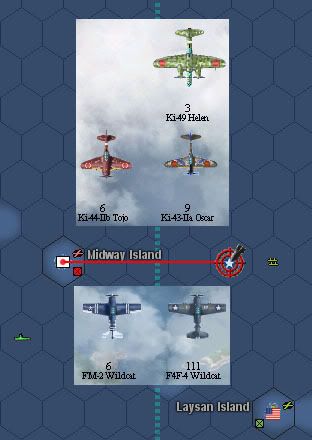
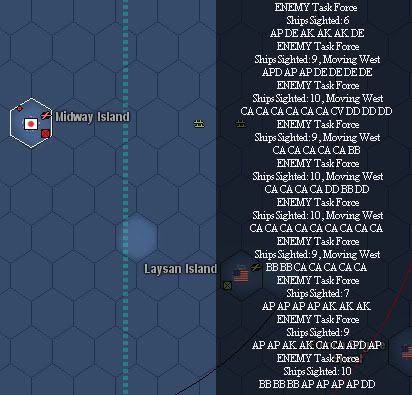
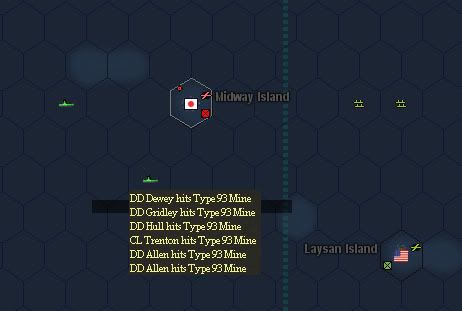
 New Messages
New Messages No New Messages
No New Messages Hot Topic w/ New Messages
Hot Topic w/ New Messages Hot Topic w/o New Messages
Hot Topic w/o New Messages Locked w/ New Messages
Locked w/ New Messages Locked w/o New Messages
Locked w/o New Messages Post New Thread
Post New Thread